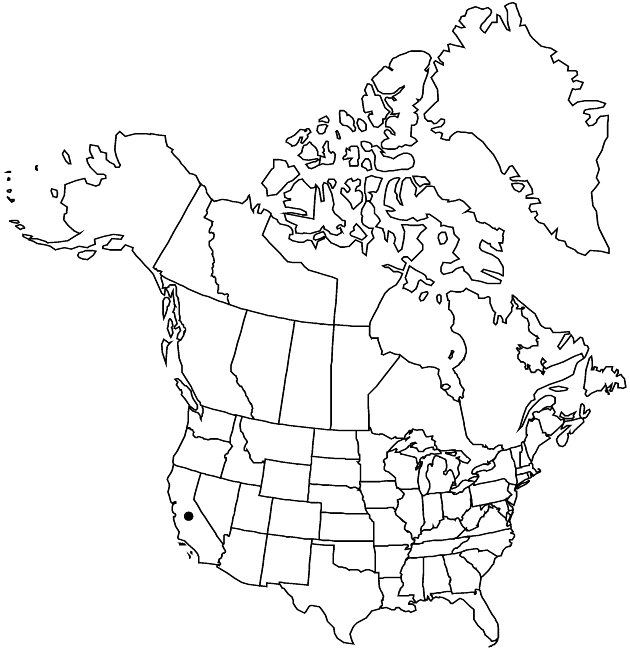Difference between revisions of "Madia subspicata"
Publ. Carnegie Inst. Wash. 564: 45. 1945.
FNA>Volume Importer |
imported>Volume Importer |
||
| (2 intermediate revisions by 2 users not shown) | |||
| Line 6: | Line 6: | ||
|place=564: 45. 1945 | |place=564: 45. 1945 | ||
|year=1945 | |year=1945 | ||
| + | }} | ||
| + | |special_status={{Treatment/ID/Special_status | ||
| + | |code=E | ||
| + | |label=Endemic | ||
}} | }} | ||
|basionyms= | |basionyms= | ||
| Line 45: | Line 49: | ||
|publication title=Publ. Carnegie Inst. Wash. | |publication title=Publ. Carnegie Inst. Wash. | ||
|publication year=1945 | |publication year=1945 | ||
| − | |special status= | + | |special status=Endemic |
| − | |source xml=https:// | + | |source xml=https://bitbucket.org/aafc-mbb/fna-data-curation/src/2e0870ddd59836b60bcf96646a41e87ea5a5943a/coarse_grained_fna_xml/V19-20-21/V21_744.xml |
|tribe=Asteraceae tribe Heliantheae | |tribe=Asteraceae tribe Heliantheae | ||
|subtribe=Asteraceae (tribe Heliantheae) subtribe Madiinae | |subtribe=Asteraceae (tribe Heliantheae) subtribe Madiinae | ||
Latest revision as of 21:14, 5 November 2020
Plants 5–60 cm, self-compatible (heads not showy). Stems proximally ± villous, distally glandular-pubescent, glands yellowish, lateral branches not surpassing main stems. Leaf blades linear to lance-linear, 2–7 cm × 1–5 mm. Heads in spiciform or spiciform-racemiform arrays (peduncles 0 or lengths usually less than 2 times heads). Involucres globose or ovoid, 6–8 mm. Phyllaries ± hirsute and thick-stalked-glandular as well, glands golden yellow, apices ± erect, sulcate or flat. Paleae mostly persistent, distinct or connate less than 1/2 their lengths. Ray florets 5–8; corollas pale yellow, laminae 1–2.5 mm. Disc florets 5–15, bisexual, fertile; corollas 3–3.5 mm, pubescent; anthers yellow to brownish. Ray cypselae black or brown, sometimes purple-mottled, dull, compressed, ± clavate, beakless. Disc cypselae similar. 2n = 16.
Phenology: Flowering Apr–Jun.
Habitat: Grasslands and open woodlands, often in shade
Elevation: 50–800 m
Discussion
Madia subspicata occurs locally in the central and northern Sierra Nevada foothills, sometimes with the morphologically similar M. gracilis.
Selected References
None.
